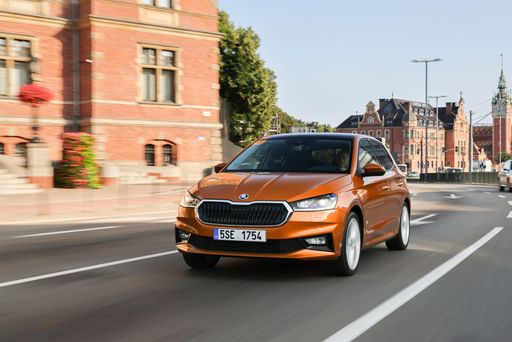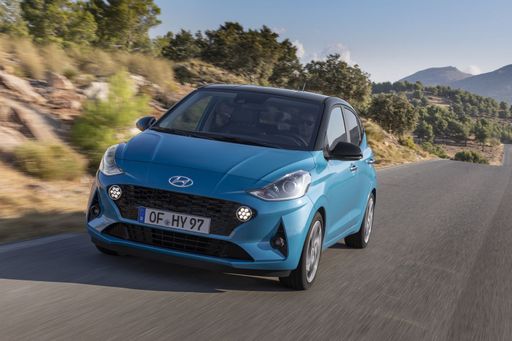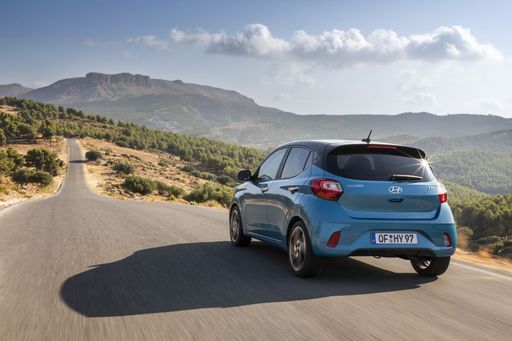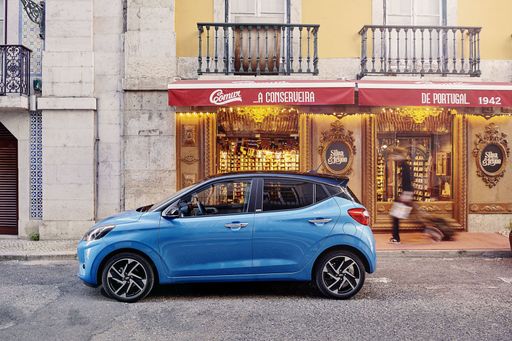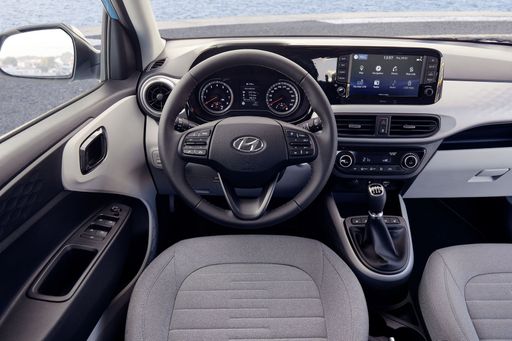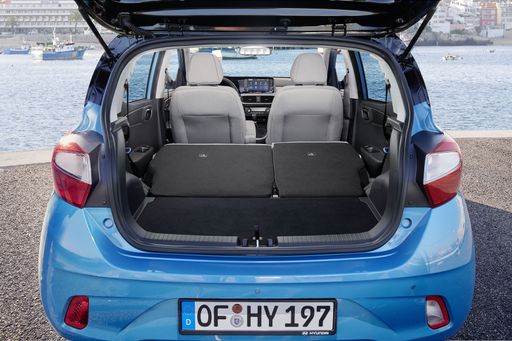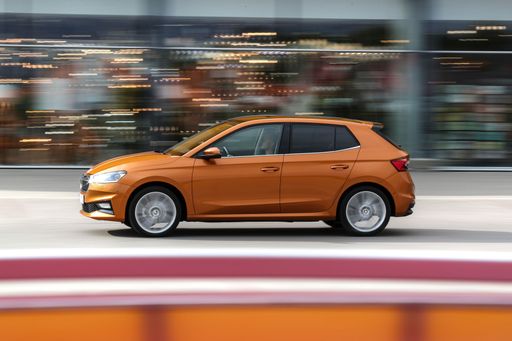Small in Size, Big on Features: Hyundai i10 vs. Skoda Fabia
When it comes to compact hatchbacks, the Hyundai i10 and Skoda Fabia are two attractive options competing for top honors in the urban car market. Despite their size, these hatchbacks are packed with technical specifications and innovations that make them stand out. Let’s dive into the specifics and see how these models measure up against each other for the 2024 model year.

